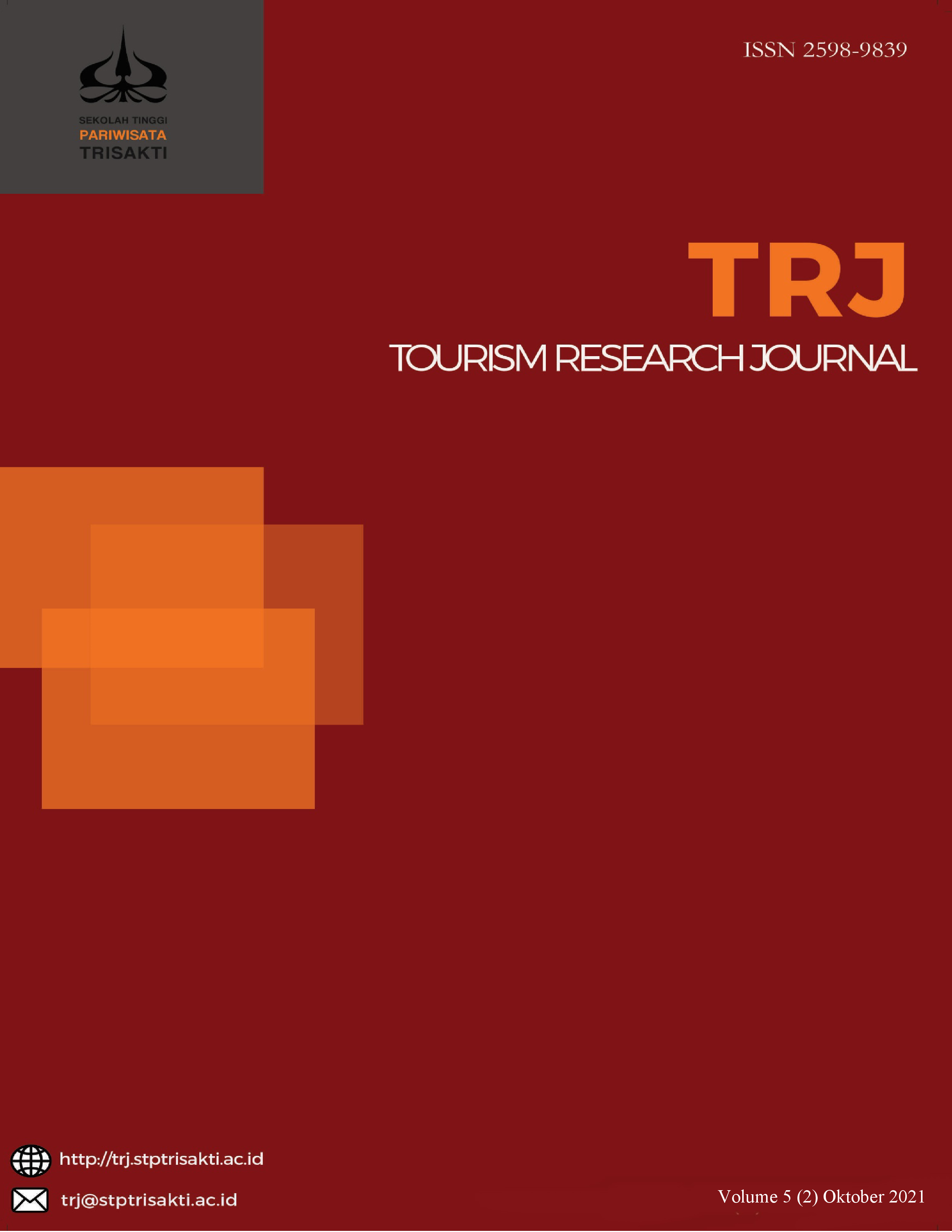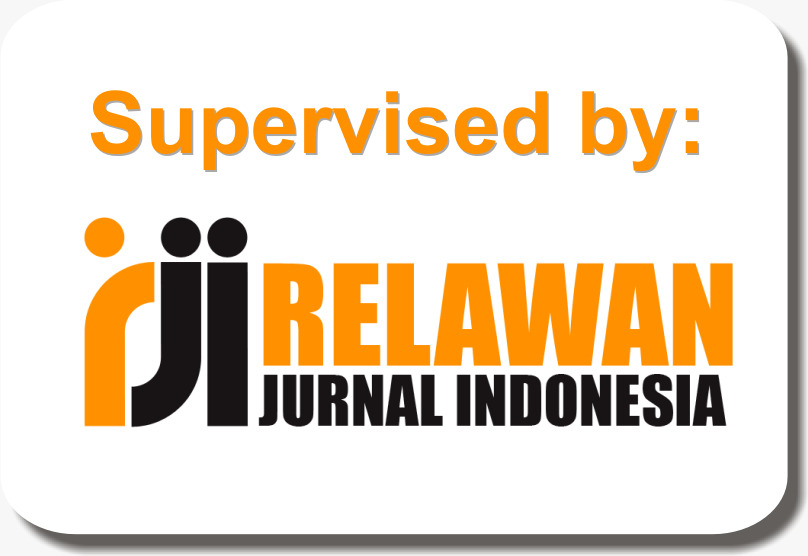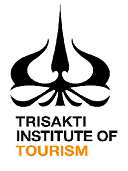Analysis of Internal and External Factors to Design a Tabuik Festival Development Strategy in Pariaman City, West Sumatera
Abstract
The Tabuik Festival is a unique cultural tourism attraction to commemorate the death of Hussein Bin Ali, the grandson of the Prophet Muhammad SAW that died in Karbala, and his body placed in a wooden coffin which in Arabic is called Tabut. However, with tourism growth in West Sumatra, the Tabuik Festival is getting left behind. The purpose of this study is to find a development strategy, so it is necessary to analyze Strengths, Weaknesses, Opportunities, and Threats (SWOT) on internal and external factors (IE) as a tool to formulate strategies. The resulting IE matrix helps evaluate, make decisions, and create development strategies at the Tabuik Festival. This study uses mix method with an unbalanced mixed model (concurrent embedded) with a quantitative approach as the primary method. Qualitative data collection techniques were carried out through interviews, observations, and literature studies, while quantitative data were collected using questionnaires. The research was conducted in Pariaman City from 2019 to 2020, involving eight informants and 100 respondents, consisting of the local governments, local communities, anak nagari, and tourists participating in the Tabuik Festival. The study results obtained a score with a reasonably good category. However, some analyses of internal and external indicators contradict the lowest score so that it can be a threat and weakness. From the results of this analysis, it is concluded that the Tabuik Festival requires a development strategy to maximize its potential to become one of the leading cultural tourism in West Sumatra.
Keywords: Cultural Tourism, Tourist Attractions, Calendar of Event, Tabuik Festival










